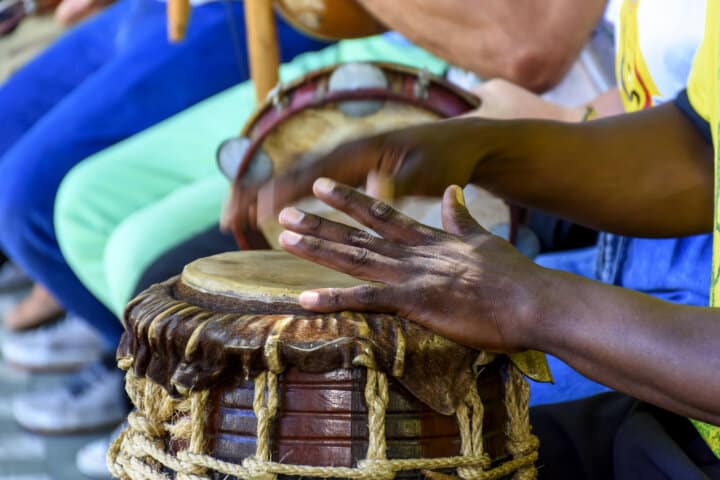Social rörlighet i en socialt rörig tid: Eleverna och deras utbildning vid Brunnsvik, Väddö och Hola folkhögskolor, 1906–1921
Jonas Söderqvist har i sin avhandling undersökt vertikal social rörlighet för elever på tre folkhögskolor, Brunnsvik, Väddö och Hola, under det
industriella genombrottets senare del.
Jonas Söderqvist
Docent Fredrik Sandgren, Uppsala universitet Docent Kristina Lilja, Uppsala universitet Docent Dan Bäcklund, Uppsala universitet
Docent Peter Gladoic Håkansson, Malmö universitet
Uppsala universitet
2023-03-31
Social rörlighet i en socialt rörig tid: Eleverna och deras utbildning vid Brunnsvik, Väddö och Hola folkhögskolor, 1906–1921
Social mobility in times of social upheaval : The students and their education at Brunnsvik, Väddö and Hola folk high schools, 1906-1921
Social mobility in times of social upheaval : The students and their education at Brunnsvik, Väddö and Hola folk high schools, 1906-1921
n Sweden during the late 1800s, access to secondary education was not attainable for everyone. The school system separated pupils with parents who could afford to pay for tuition and boarding from those that came from less resourceful backgrounds.
However, in a society in the throes of industrialization, this system was rapidly changing. Among the new forms of educational institutions were the folk high schools. First introduced in the 1860s in rural areas of Sweden, they offered education to the sons (but not the daughters) of land-owning farmers. By the turn of the century gender-mixed education was introduced for students from the working class, and higher forms of education became accessible to new groups in society. This was utilized by the expanding popular movements, as they saw the folk high schools as a means for providing education for members and officials.
By using a mixed methods approach, combining descriptive statistics with life- and microhistory analyses of prosopographical data from a range of sources, I examine the social mobility of students from three folk high schools between 1906–1921: Väddö (est. 1873), Hola (est. 1896) and Brunnsvik (est. 1906).
My study shows that for a large segment of the students at these three folk high schools, a relatively brief course was part of a life characterised by upward social mobility. How that mobility was expressed, however, differed depending on the regional context and specific character of each school. Thus, I argue that a folk high school education was an important investment in an individual’s human capital. It was also an investment in symbolic capital, as the networks reproduced at the schools often proved important for an individual’s opportunities. Moreover, I show that the individual’s investment often involved collective transfers of resources, either within civil society, from the public sector, or within the student’s families. The folk high school education became a product of collective efforts, which resulted in individual careers.
Relaterade länkar

Skolbibliotek
 Åk F–Vux
Åk F–Vux Folk- och världsmusik
 Åk 4–9
Åk 4–9 




